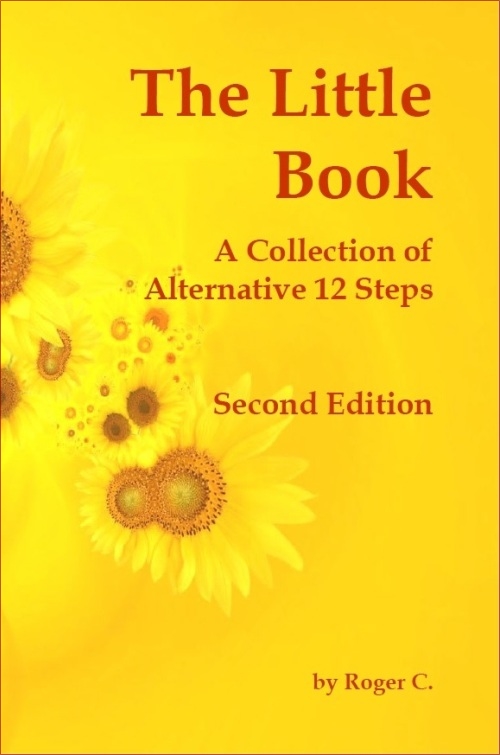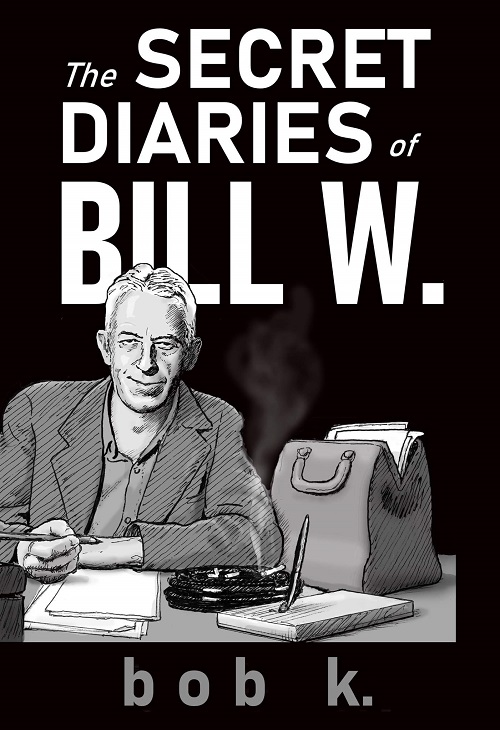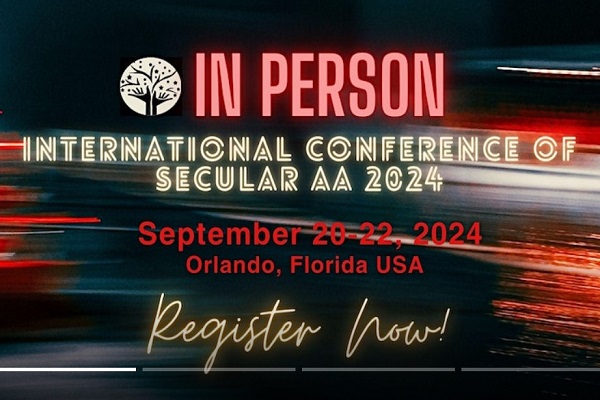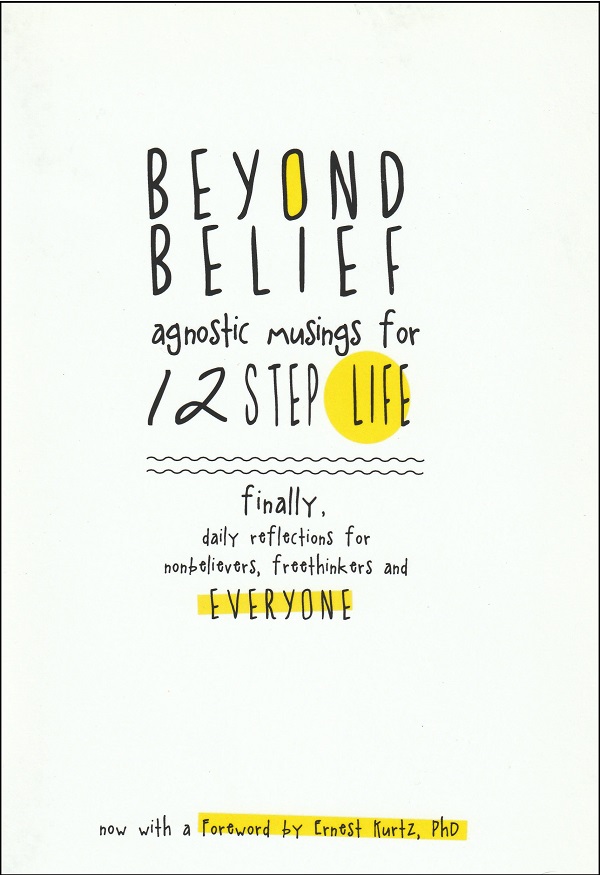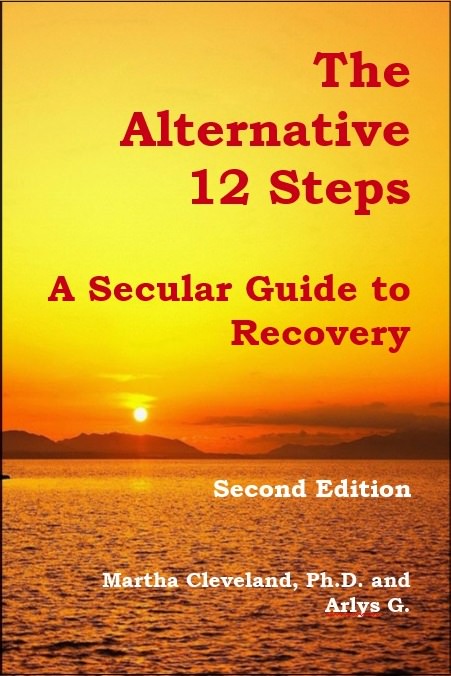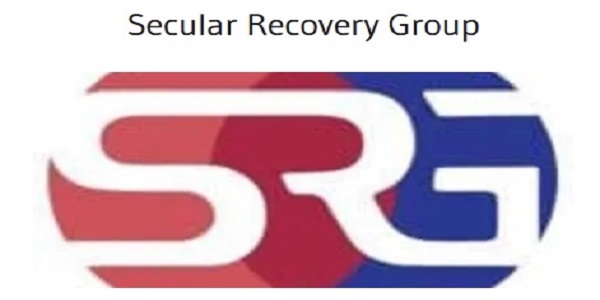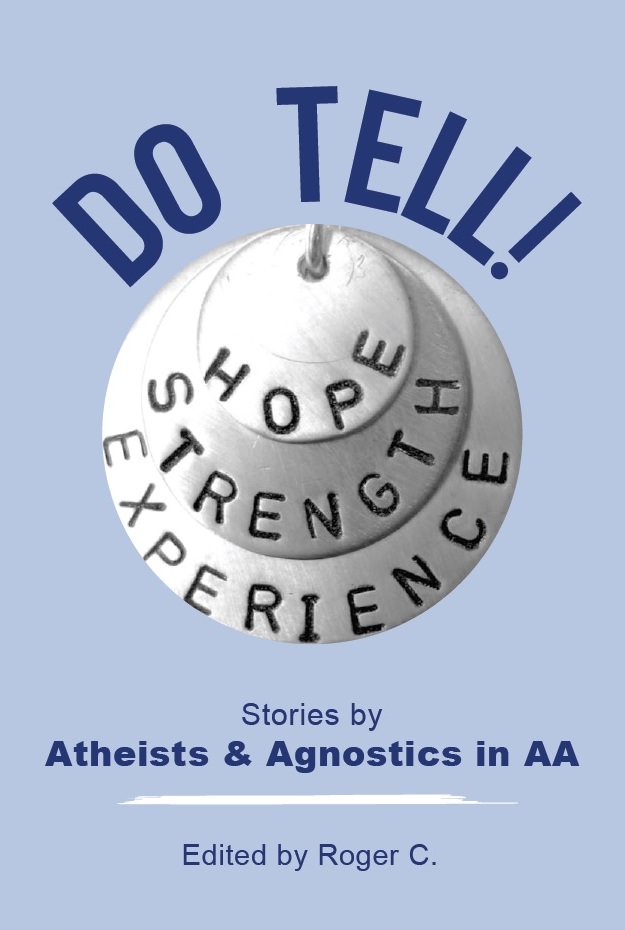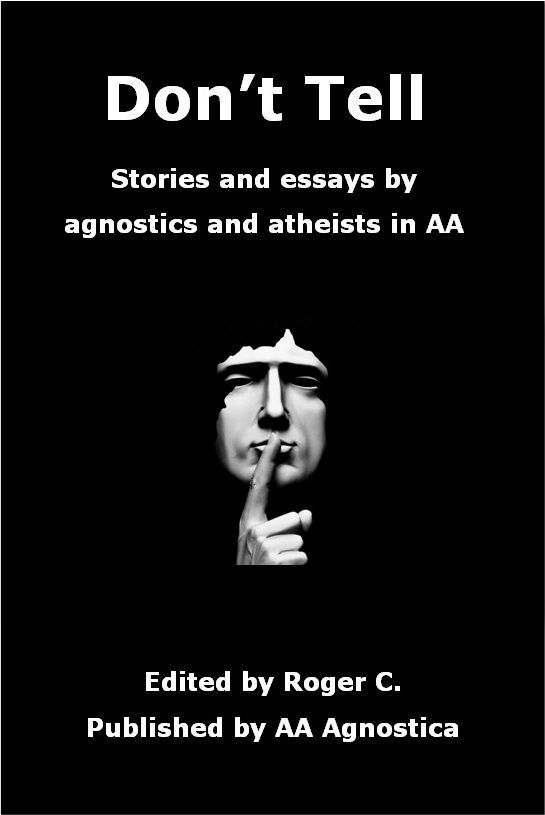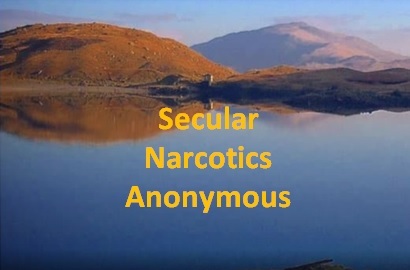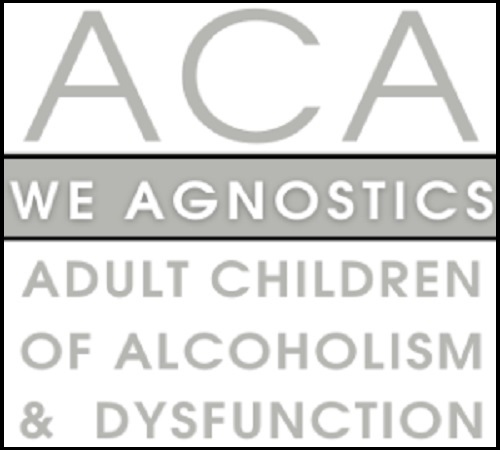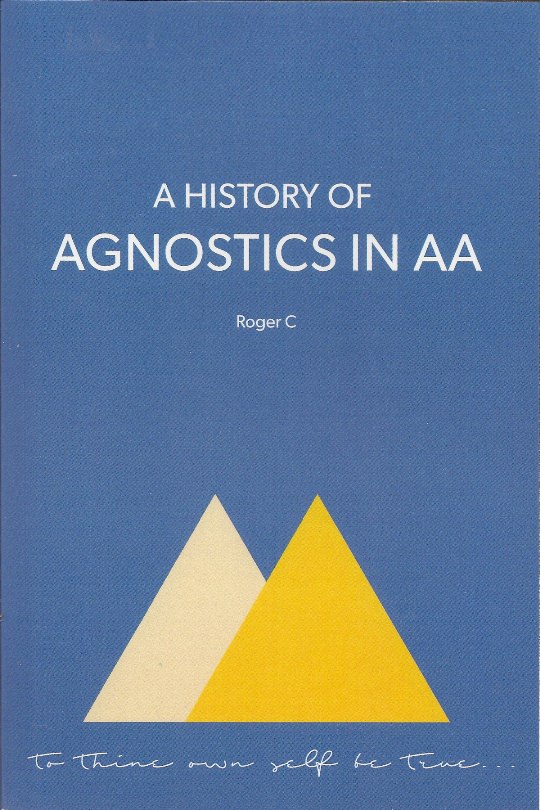Slaying The Dragon
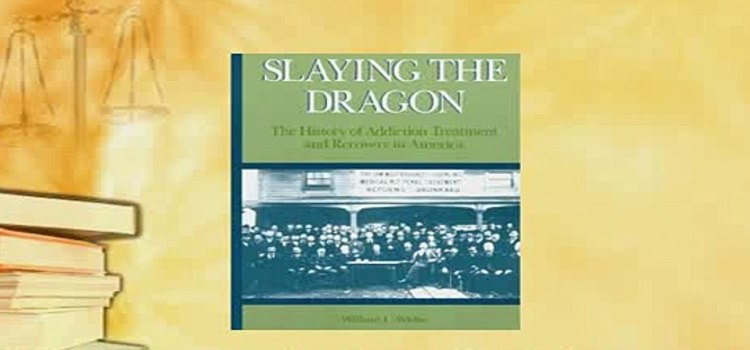
Review by Marty N.
William White’s book is a history of the alcoholism treatment and recovery effort in the U.S., written for treatment professionals and laypersons. It is one of those delightful history books that are heavy on detail and light on argument, so that even if you don’t share the author’s bias you can find lots of nuggets.
It is commendable also in that the author has a broader social eye than the average, and includes Native Americans, Blacks, women and other historically neglected people in his chronicle from the outset. Indeed, he is quotable; he says about the African slaves, for example, that there is little evidence of a liquor problem among them, and “the major alcohol problem for early African Americans was the risk they faced when Whites drank it.” And did you know that the very earliest recorded mutual self-help societies of alcoholics were created by Native Americans?
“Our first evidence of individuals turning their own negative experiences with alcohol into a social movement of mutual support occurs within Native American tribes.” That was as early as 1772, and perhaps goes to explain why a successful mutual support group today can evoke the feeling of belonging to a special kind of close-knit tribe.
A good history makes us humble by showing us how little there is in our strivings that is genuinely new. White’s is a good history. The concept of alcoholism as a disease, which some people claim is as modern as Saran Wrap, was already articulated by Benjamin Rush, the Surgeon General of George Washington’s revolutionary armies, in a pamphlet dated 1784. Rush was also one of the first to prescribe total abstinence from spirits as the sole remedy: “taste not, handle not, touch not.” He saw treatment of drunkenness as a political issue: “A nation corrupted by alcohol can never be free.” He had a very modern multi-factorial view of alcoholism’s causes and he articulated a multiple-pathway model of recovery. Although some of his measures were archaic by current standards — massive doses of medicine and copious bleeding — he was a hugely insightful and modern figure.
Older than the disease theory itself is the opposition to it. When Rush advanced his theses, he was conscious of getting “a cold reception.” Drinking in colonial America was an everyday habit, and penurious inebriates were flogged or jailed, never hospitalized. The consensus of religious leaders was that moderate drinking was a gift of God, but drunkenness was a vice and a sin. Fast forward a century. A group of 14 physicians and their supporters met in New York in November 1870 to found the American Association for the Cure of Inebriates, and published a manifesto whose opening sentence was “Intemperance is a disease.” Vehement debate within the ranks followed, and months later the directors of the Franklin Reformatory Home for Inebriates in Philadelphia resigned from the association, stating “We do not, either in our name or management, recognize drunkenness as the effect of a diseased impulse; but regard it as a habit, sin and crime; we do not speak of cases being cured, as in a hospital, but ‘reformed.'” [p. 26].
Equally old is the debate between the religious and the secular paths of recovery. The very first mutual self-help movement among European Americans was the Washingtonians. Six artisans and workingmen started the “Washingtonian Total Abstinence Society” in a Baltimore tavern on April 2, 1840. The movement took off like a rocket. It celebrated its first anniversary with a parade of 5,000 people. Two years later, a public meeting of the Society in Boston drew 12,000 people. At its peak, it reached many hundreds of thousands, including an active women’s division (“Total abstinence or no husband!” went one slogan) and a weekly newspaper. Abraham Lincoln addressed one of its meetings. The Washingtonians operated as “secular missionaries.” They went to taverns to recruit. They divided the cities into wards and had committees assigned to recruit the drunks in each area to come to meetings and take the pledge. Washingtonians, or most of them, “believed that social camaraderie was sufficient to sustain sobriety and that a religious component would only discourage drinkers from joining.” [13]. Clergy were excluded from the meetings, and some accused the Washingtonians of “the heresy of humanism — elevating their own will above God’s by failing to include religion in their meetings.” This was in 1842!
The Washingtonians were hugely important in shaping future self-help movements. It was they who introduced among white men the practice at meetings of sharing experiences, in lieu of making abstract speeches. It was they who first held closed, alcoholics-only meetings. It was they who first enlisted the reformed drunkard as missionary to the drinker, pioneering the concept of service as a tool of self-recovery. They sustained members’ sobriety through regular weekly fellowship meetings, encouraged all manner of sober recreation, involved women and other family members in their process, and founded some of the first “homes” where drunkards could go to dry out and live in sober communities.
The Washingtonians were also totally disorganized. They had no central authority through which the movement’s philosophy or program could be defined and sustained against diversion. For example, two leading speakers on the national stage who portrayed themselves as spokesmen of this vastly popular cause held pro-religious views at variance with the consensus of the movement’s membership, and used the movement’s fame to line their own pockets with lecture fees — and the Society had no effective means to prevent it. Because of their “organizational ineptitude,” their message became confused; they could not articulate a sustained road forward, they failed to raise up sustainable leadership, and their energy and numbers dissipated almost as quickly as they had risen. But their substantive legacy is alive today in every LifeRing Secular Recovery meeting, and in every other alcoholics’ and addicts’ self-help meeting as well.
After the disintegration of the Washingtonians came the fraternal temperance societies and reform clubs. Their day was the middle decades of the 1800s. The fraternal societies provided the reformed drunkard with a sober support system. They were secret. They were organized hierarchically and they offered stability. These early sobrietists’ fraternities, such as the Sons of Temperance, the Good Templars, the Good Samaritans and others were secular. They did not rely on religious conversion as the sole means of personal reform, but focused more on mutual social support and surveillance as means of achieving and maintaining sobriety. The Good Samaritans broke new ground by admitting all races.
As the fraternal societies dwindled, the Reform Clubs rose. These were largely businessmen’s abstinence clubs — although a few had moderation as their goal — and their fortunes rose and fell with their individual leaders. Most of these were gone by the dawn of the 20th century. It seems fair to say, in retrospect, that virtually every trend and tendency we see in the alcohol-recovery universe around us today was already present a century ago.
White really warms to his subject in Section II of the book, which deals with early treatment institutions and approaches. We learn here about the 19th century medical researchers — it was a Swedish physician, Magnus Huss, who first applied the term alcoholism to the syndrome — and about the first asylums, homes, farms, colonies and other institutions for dipsomaniacs. The bad blood that sometimes exists today between the addiction field and psychiatry is traced back to an early institutional conflict. Heads of the insane asylums did not want to have inebriates there, because it would damage the reputation of their facilities. Heads of inebriate treatment facilities equally did not want to send inebriates to the early insane asylums, where free and liberal use of whiskey, opium and other drugs, both among patients and staff, were more the rule than the exception.
There was a vast array of conflicting opinions in the addiction treatment field, each one propounded with an air of total authority. White deserves credit for seeing the patient’s viewpoint amidst this dogmatic cacophony. He quotes one opiate addict in the 1880s:
I have borne the most unfair comments and insinuations from people utterly incapable of comprehending for one second the smallest part of my suffering, or even knowing that such could exist. Yet they claim to deliver opinions and comments as though better informed on the subject … than anybody else in the world. I have been stung by their talk as by hornets, and have been driven to solitude to avoid the fools.
There is a lovely chapter examining these institutions from the inside. Many patients stayed on as paid workers there, and the debate over the relative merits of former addicts v. non-addict professionals was already a live one then. Among the patients at the typical center, physicians, lawyers, engineers, druggists, journalists, artists, students, reporters, clergymen and actors were the most frequently represented occupations, in that order. Etiology was hotly debated. One prominent theorist defined “drunkenness” as a moral vice of the lower classes requiring punishment, whereas “inebriety” was a disease of the higher classes, meriting rest and renewal. There was a full panoply of treatment methods, many of them not very different from today’s. Outcomes varied greatly and information was sparse, with claimed but not widely credited 5-year abstinence rates of one third to two thirds. And around this time inebriety among women first penetrated public notice, and a halting start was made at comprehension and treatment. The author adds four chapters that examine individual treatment centers of this era in particular detail.
By 1925 most of these treatment centers had collapsed. They represented the first cohesive institutional attempt to treat addiction as a medical problem. They pioneered physiological explanations of inebriety and physical methods of treatment. They shifted the dialogue from moral and religious failings to medical vulnerability. Yet they failed to articulate any cohesive and demonstrably effective treatment philosophy that could seduce public opinion away from the conviction that the way to deal with drunkards was to outlaw alcohol and to throw offenders in jail. The enactment of Prohibition was the death knell of these pioneer addiction treatment institutes.
There is an interesting chapter on the Keeley Institutes, a hugely successful chain of privately owned miracle cure centers purveying injections of a secret formula allegedly based on chlorides of gold, which supposedly took away all desire to drink or use drugs or tobacco. The formula was later shown to be placebo. The Keeley Institutes helped many thousands of alcoholics to achieve long-term abstinence in the 1890s and later. The secret formula, says the author, was “a gimmick that engaged addicts’ propensity for magical thinking and helped them through the early weeks and months of recovery.” The real curative power lay in the spirit of mutual support and self-respect engendered by the Institutes’ treatment and post-treatment protocols.
In this era, there was also a plethora of other alleged magic cures for inebriety, unaccompanied by the costlier treatment and support regimen available to the more affluent. Most of the miracle potions contained, not surprisingly, alcohol, cocaine and opiates. They were gradually driven back by legislation.
Religious conversion as a treatment method earns a special chapter in the book. Religious leaders had been preaching since time immemorial that what the alcoholic needed was to find God, and alcoholics have been testifying to salvation through faith as long as there have been revival meetings. As America’s urban problems worsened toward the end of the century, a few religious converts determined to bring God to the alcoholic. This chapter details the work of Jerry McAuley, an ex-convict and ex-Catholic who became a born-again evangelical Protestant and launched numerous Skid Row rescue missions. He became a beloved figure because he reached out to the homeless and destitute alcoholics whom the established churches considered as undeserving of God’s grace. Evangelical Protestantism also created the Salvation Army, which has worked since the 1890s to bring deliverance to the alcoholic “through submission of the total personality to the Lordship of Jesus Christ.” William James’ 1902 essay, “The Varieties of Religious Experience,” was an influential philosophical statement of the religious conversion theory of alcoholism treatment. James described in detail the accoutrements of a conversion experience (voices, visions, lights, awareness of superior power, raptures, etc.) and concluded, in a famous epigram, “the only cure for dipsomania is religiomania.” The chapter concludes with a too-brief review of early criticisms of the religious conversion theory. Religious leaders of less charismatic or evangelical leanings pointed out that conversion experiences occur to only a small number of believers. Others worried that religious conversion would be turned into merely a tool to achieve sobriety, rather than an end in itself. A Connecticut state report expressed concern that religious conversion could be more harmful than beneficial inasmuch as it frequently had the unhealthy side effect of promoting religious fanaticism.
Two chapters of this encyclopedic work discuss, respectively, the physical and the psychological treatment approaches to alcoholism found in the American arsenal prior to World War II. Here is discussion of sterilization, various nutritional regimes, exercise, leisure, work, sun baths, a great variety of water cures, early drug therapies (frequently involving morphine!), electrical and chemical convulsion therapy, lobotomy, and miscellaneous others, including infecting alcoholics with gonorrhea because this allegedly reduced their craving to drink. The eye then turns toward the psychological approaches. There is a remarkably balanced discussion of psychoanalysis (judged worthless as therapy but indirectly helpful as a philosophy because it helped to legitimize therapy by lay persons), and the work of prominent psychologically informed medical specialists of the 1930s. There is an extended discussion of aversion therapy as practiced by Shadel and his followers; this had good reported outcomes and was the most enduring behavioral technique in the first six decades of this century. The focus then turns to other drug addictions, chronicling the influence of Freud in legitimizing cocaine as a “cure” for opiate addiction, and detailing the medical profession’s loss of control over these drugs as the federal government intervened to criminalize their use.
The author then turns to Alcoholics Anonymous, whose history and impact occupy the following four chapters. When White’s historical panorama reaches the 1930s, the period of the founding of Alcoholics Anonymous, there is a marked softening in the focus. It is always most difficult to write about the things one is closest to, and there is much evidence in the book that the author is very close to AA indeed.
Nevertheless, this is not merely history as “lives of the saints.” Indeed, there is much in the work that will make the shuttered dodecamaniac intensely uncomfortable. White cites evidence, for example, that at the time of the famous conversion experience in which AA founder Bill W. saw a blinding white light and felt a “hot flash,” he was taking medication containing belladonna, a drug which is psychoactive and produces hallucinations in some patients. White chronicles in some detail also Bill W.’s later experimentation with LSD (which was then a legal and even respectable drug thought to have miraculous properties) in an effort to replicate his religious conversion flash. It was also believed that use of LSD worked to break down AA-aversion among resistant drunks. (One patient is quoted as saying after an LSD trip, “I now find I understand the AA program.”!) And much else. But these are just small sidelights to the main story, which proceeds in a predictable, conventional manner. Wilson emerges here neither as devil nor saint but as a rather likeable, self-effacing human, surely a towering figure in the cultural history of the United States, and indirectly, as White shows later, in its politics as well.
White touches all the bases of AA’s early history in a readable and useful if not novel way. The real reason to read White is in his extended discussion of the historic interplay between AA and the treatment industry. White has worked as an addiction treatment counselor or in related capacities for the past thirty years, and lived through this history himself. At the core of the dialectic is AA’s tradition of anonymity. As the early AA members became involved in the worthy cause of helping to set up hospital facilities for drying out, there developed what White calls the “Knickerbocker Paradox.” This refers to a small hospital wing of the 1940s which was set up with AA money, staffed by AA members, whose patients came in entirely via AA referrals, and who could only leave if checked out by AA sponsors. Yet it was forbidden to refer to Knickerbocker as an AA institution. In the public eye, it was completely independent and no AA connection was ever publicly admitted.
Now take this microcosm and fast forward twenty years to the election of Lyndon Baines Johnson and the commencement of the “War on Poverty.” LBJ, since 1948 a member of the National Council on Alcoholism (another Knickerbocker-style “independent” body), shepherded through Congress a number of huge appropriation bills and set up a triad of major federal agencies devoted to alcoholism and drug addiction research, policy formulation, and treatment (NIAAA, NIMH and NIDA). With boomlike suddenness, there emerged on the scene what even its benevolent godfather, recovered alcoholic (and undoubtedly AA member) Sen. Harold Hughes later referred to as “the alcoholism and drug abuse industrial complex.” In the same political climate, the insurance industry (led by James Kemper, a recovered alcoholic and head of Kemper Insurance) gradually dropped its systematic discrimination against alcoholics and, prodded by the AMA’s proclamation of alcoholism as a disease, began underwriting alcoholism and addiction treatment. White quite rightly calls this the “critical center upon which the entire modern industry of addiction treatment has turned.” This sudden opening of the public and private purses for alcoholism and addiction treatment led to an “explosive growth” in the treatment industry in the 1960s and 70s. This was a historic victory, as White rightly points out, for the “invisible army” — the legions of anonymous foot soldiers (and, we should add, many of much higher rank) who had been trained to do the work of AA without using the AA name. It was Knickerbocker writ huge.
Rich in significant detail, White’s work affords insights into nonprofit mega-institutes like Hazelden and Lutheran General and others, where millions in public funds went to subsidize and disseminate a treatment philosophy (the Minnesota Model) that has religious conversion and referral to AA as one of its components. And his light also illuminates the for-profit recovery industry, in which the higher operatives pocketed and pocket millions, processing alcoholics as a crop to be harvested for profit; and this, too, although White refrains from saying so, is just another variant of the Knickerbocker paradigm.
But this was not the end of the dialectic of anonymity. The “Knickerbocker Paradox” plainly required the participants to wear two hats, their “AA” hat and their “independent” hat. To put it less charitably, it required them to deny who and what they really were. Massive and widespread role confusion was the result. White speaks in vivid detail of the institutional leaders who attempted, strenuously but often in vain, to clarify for the counseling staff what was “AA work” and what was “counseling work,” what they were supposed to give away and what they were being paid for. Numerous and tragic have been the relapses among the army of confused, unsupervised, overworked and underpaid 12-Step “professionals by experience” who were inducted as the corporals and sergeants of the new treatment juggernaut.
The inexorable demand for an institutional program that was definable and replicable (hence insurable and bankable) meant that the 12 Steps, initially sketched as a suggested path of personal spiritual transformation, became transmogrified and blenderized into a compulsory top-down treatment protocol. It was a great victory for the invisible army, but it turned the legions of America’s alcoholics and addicts, and many who were neither but happened to be caught in a urine test, into dispirited prisoners of war.
When Knickerbocker was just a small wing of a single hospital, it must have seemed clever to the small guerrilla band of inspired volunteers that all the patients were channeled straight to AA meetings on their release. Today, when virtually every hospital, treatment center, court and prison mandates AA referral, the result is that many AA meetings are overrun “by a growing assortment of sullen, recalcitrant men and women mandated to attend AA meetings by their employers, judges and probation and parole officers,” who outnumber the core members by two or three to one on a given night (p. 278). I have heard other informal estimates that put the number of what I am calling “POW members” of AA at more than 70 per cent of the current AA membership. It is not uncommon to hear AA members complain that AA has lost its soul. White cites one such effort, by the widely respected AA historian Ernest Kurtz, to recover “the real AA.”
And the story continues. For just as the burgeoning “inebriate asylums” of the 1870s were suddenly swept away by the advent of Prohibition, the “recovery boom” of the 60s and 70s gave way, around the middle 80s, to the Reagan backlash. Where LBJ had publicly pronounced addiction a disease, the Reagan rhetoric returned the pendulum toward criminalization. Fueled by popular works that challenged the central assumptions of the recovery boom (Fingarette, Peele), and by law-and-order rhetoric, and by the excesses of the movement itself, the right-wing ascendancy began tightening the public purse strings. The “managed care” movement effected the same constriction in the private sector. After taking a cold hard look at what was really being accomplished, insurance companies virtually stopped paying for inpatient treatment, the most lucrative sector of the industry. Today, the recovery boom has gone, or is going, bust. Just as the anonymous footsoldiers of the modern Knickerbocker juggernaut were achieving a measure of professional status and salary, many of them received their pink slips. In 1998, the number of treatment opportunities of any kind available to alcoholics, other than those with private means, is much smaller than two decades ago and continues to constrict. Poorer addicts and minorities, especially, are much more likely today than two decades ago to be sent to jail rather than to any kind of treatment.
Highly worth reading also are White’s chapters on the origins of what is called the “modern alcoholism movement.” I will just sketch this briefly. After the repeal of Prohibition in 1933, the bloodied and beaten “Drys” sought for a new paradigm. Out of their severe financial crisis emerged what is called “Bowman’s compromise,” which dropped the traditional barrage against “alcohol” in favor of concern with “alcoholism.” The problem was redefined; it no longer lay in the bottle but in the man. White fearlessly cites mounting evidence that alcohol industry money was one of the inducements and one of the rewards for this paradigm shift. One of the most influential institutions in shaping and disseminating what became the Minnesota Model, the summer schools of the Yale Institute of Alcohol Studies, was funded by liquor industry money. In White’s words, “The industry saw Alcoholics Anonymous as a potential ally because the organization focused on a small percentage of late-stage drinkers and had little to say about the drinking habits of most Americans. … AA located the problem of alcohol in the person, not in the bottle.” (p. 195). White notes that liquor industry representatives sat on national and local alcoholism councils across the country — bodies that were typically “Knickerbocker”-style extensions of AA. A careful historian, White notes that evidence about the extent of liquor industry involvement in the modern alcoholism movement is still very scanty. His discussion of the problem is nuanced, detailed, cautious, and never degenerates into sloganeering. There is an illuminating discussion of the ethical and credibility issues involved in liquor industry sponsorship of alcoholism research, although more could be said.
Aficionados of the “disease theory” debate will find this work an invaluable reference. I pointed earlier to the revolutionary doctor Benjamin Rush’s pioneering insights, and touched on the first wave of institutional efforts to treat alcoholism as a disease, namely the turn-of-the-century inebriate asylums and the Keeley Institutes. White’s well-documented history absolutely obliterates the fallacy that the disease theory was invented by AA. White also quotes both William Miller and Ernest Kurtz, surely authorities on the history of AA, as categorically rejecting any claim that the origin of the disease concept is to be found in AA. According to White, the original AA conceptualization of alcoholism is “emotional and spiritual maladjustment.” When AA did use medical terminology, it was “primarily for their metaphoric value — more for sense-making than for science.”
That having been said, however, there is no doubt that AA later became, and is today, perhaps inextricably interwoven with the disease concept in the public mind and perhaps in its own mind as well. The principal weaver of these threads was the indomitable Marty Mann, the first woman to attribute her recovery to AA. Sponsored by the Yale Institute and promoted by AA, she tirelessly crisscrossed the country making thousands of speeches popularizing the disease concept. She portrayed the alcoholic not as a bad person who should be punished but as a good person who was sick and could be helped. What White adds to this story is strong evidence that Mann’s presentation ran far ahead of anything that scientific research at that time could support; indeed Dr. Tiebout, one of the seminal thinkers of AA, reflected in 1955 that he trembled to think “how little we have to back up our claims. We are all skating on pretty thin ice.” There is much other material as well on several sides of the question in White’s account; one comes to the disease debate only half-armed if one has not read this volume.
The reader might think from the foregoing review that William White’s book is in some way an expose or indictment of Alcoholics Anonymous. Nothing could be further from the truth. White only presents the “dots,” the lines between them are mostly mine. Apart from some rather veiled passages possibly revealing inner doubts, White is 100 per cent “with the program.” I would surmise that his own views on recovery are of the amorphous but intense religious kind that is often called “spiritual” for want of a better word. He introduces the hugely revealing “Knickerbocker Paradox” without a hint of negativity. His chapter on the AA program is a bland and one-dimensional recitation of the usual happyface psychological doubletalk. There is not a hint of awareness here that the supposed autonomy of the post-conversion personality can be as much a fiction as was the independence of the Knickerbocker alky ward. He recites the views of various AA critics only for the sake of historical completeness, and without a trace of sympathy. He avoids any direct answer to the question posed by Bill Wilson at AA’s 30th anniversary: “What happened to the six hundred thousand who approached AA and left?” He does not discuss AA’s own membership surveys of the 1980s. He does not point out that AA prohibits scientific studies of its effectiveness in promoting recovery. He draws a veil of silence over the rather huge question of the outcome of AA participation, and finds surprising the recent Project Match result that there was no substantial difference in outcomes between 12-Step facilitation and secular treatment modalities. There is an obvious myopia in this area, or perhaps a failure of courage. But this is a minor and not uncommon defect in the book’s character. AA, in any event, is only one part of this encyclopedic volume. There are excellent vignettes on many other programs and individuals in the panorama of the modern recovery movement, including Synanon, the Nation of Islam, Glide Memorial, the codependence movements, Women for Sobriety, and many others.
The great strengths of this book are two. One, an obvious thirst for and delight in the raw material of historical evidence. This is a writer who loves historical fact and has an eye for the significant quote and anecdote. This is a rich tapestry that rewards many return trips. And at 390 full-size pages, you get a lot for your money. There’s even a section of fine photographs in the middle (of the book).
Two, the man is honest. There shines through his writing an emotional directness and “there-ness” that is the mark of the very best people I have met in addiction treatment and recovery, or anywhere. I said at the outset that he is quotable. I should add that he can be eloquent when he speaks about what he knows best, the life of the addiction treatment counselor. His ending sounds like a commencement speech at a counselor school, but a moving one. Here are some excerpts from his final words:
As a culture, we have heaped pleas, profanity, prayers, punishment, and all manner of professional manipulations on the alcoholic and addict, often with little result. With our two centuries of accumulated knowledge and the best available treatments, there still exists no cure for addiction, and only a minority of addicted clients achieve sustained recovery following our intervention in their lives. … Given this perspective, addiction professionals who claim universal superiority for their treatment disqualify themselves as scientists and healers by the very grandiosity of that claim. The meager results of our best efforts — along with our history of doing harm in the name of good — calls for us to approach each client, family and community with respect, humility, and a devotion to the ultimate principle of ethical practice, ‘First, do no harm.’
I also liked very much this passage from his last page, where he tries to formulate in a sentence or two the accumulated therapeutic wisdom of the counseling profession as he understands it. It expresses beautifully something that our LifeRing Handbook also tries to say in our own vocabulary:
Above all, recognize that what addiction professionals have done for more than a century and a half is to create a setting and an opening in which the addicted can transform their identity and redefine every relationship in their lives, including their relationship with alcohol and other drugs. What we are professionally responsible for is creating a milieu of opportunity, choice and hope. What happens with that opportunity is up to the addict and his or her god. We can own neither the addiction nor the recovery, only the clarity of the presented choice, the best clinical technology we can muster, and our faith in the potential for human rebirth.
That’s well said. It expresses with great lucidity the same idea as Dr. Ruth Herman’s manifesto-like thesis that each person “must be the author and arbiter of her own recovery.” The job of the self-help organization is not to try to fix the person, not to try to own the person or their recovery, but to “create a setting and an opening in which the addicted can transform” themselves – ourselves.
This post is re-published on the AA Agnostica website with the kind permission of Marty N, one of the founders of LifeRing Secular Recovery (LifeRing or LSR), a secular organization of alcohol and drug addiction recovery groups. It was incorporated as a not-for-profit organization in 1999 and has more than 150 meetings in the US, Canada and several other countries.
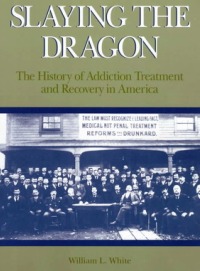 Bill White’s book, Slaying the Dragon: The History of Addiction Treatment and Recovery in America, is available online through Amazon.
Bill White’s book, Slaying the Dragon: The History of Addiction Treatment and Recovery in America, is available online through Amazon.
Bill has written more than 300 articles and reports and authored or co-authored 14 books.
You can visit his website here: Selected Papers of William L. White.


